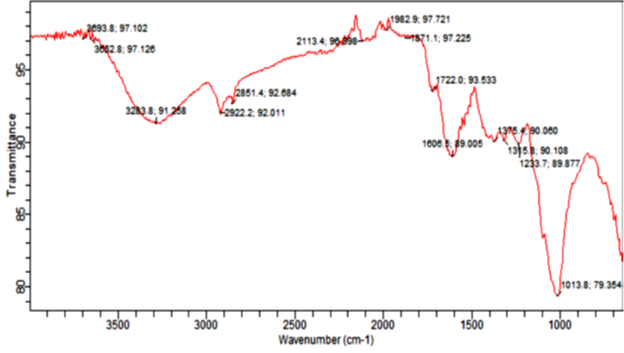Removal of Azo Dye (Acid Red 18) from Aqueous Solution using a Bioadsorbent from Carica Papaya Peels
Keywords:
Sorption, Carica papaya, Azo dyes, Acid red 18, Adsorption isotherms, KineticsAbstract
This study evaluates the removal of Acid Red 18 (AR 18) dye from aqueous medium using an adsorbent developed from Carica papaya peel. The adsorbent was prepared by carbonization at 500oC followed by activation with NaOH solution. Moisture content, ash content and volatile matter of the adsorbent were determined to be 2.87%, 11.0% and 89.0% respectively. FTIR characterization which was done before and after activation indicated some functional group modifications. The parameters affecting sorption such as initial sorbate concentration, adsorbent dosage, contact time, temperature and pH were evaluated and average percentage removal of AR 18 by the adsorbent was found to be 70%. Correlation of the experimental data with Langmuir and Freundlich adsorption isotherms revealed linear coefficient (R2) values of 0.802 and 0.720 respectively; thus implying that the Langmuir isotherm best describes the adsorption process. Lagergren pseudo first order and pseudo second order models were employed to test the sorption kinetics and our findings indicated that the sorption of the dye followed pseudo second order kinetics.

Published
How to Cite
Issue
Section
Copyright (c) 2023 A. M. Magomya, U. V. Elisha

This work is licensed under a Creative Commons Attribution 4.0 International License.




